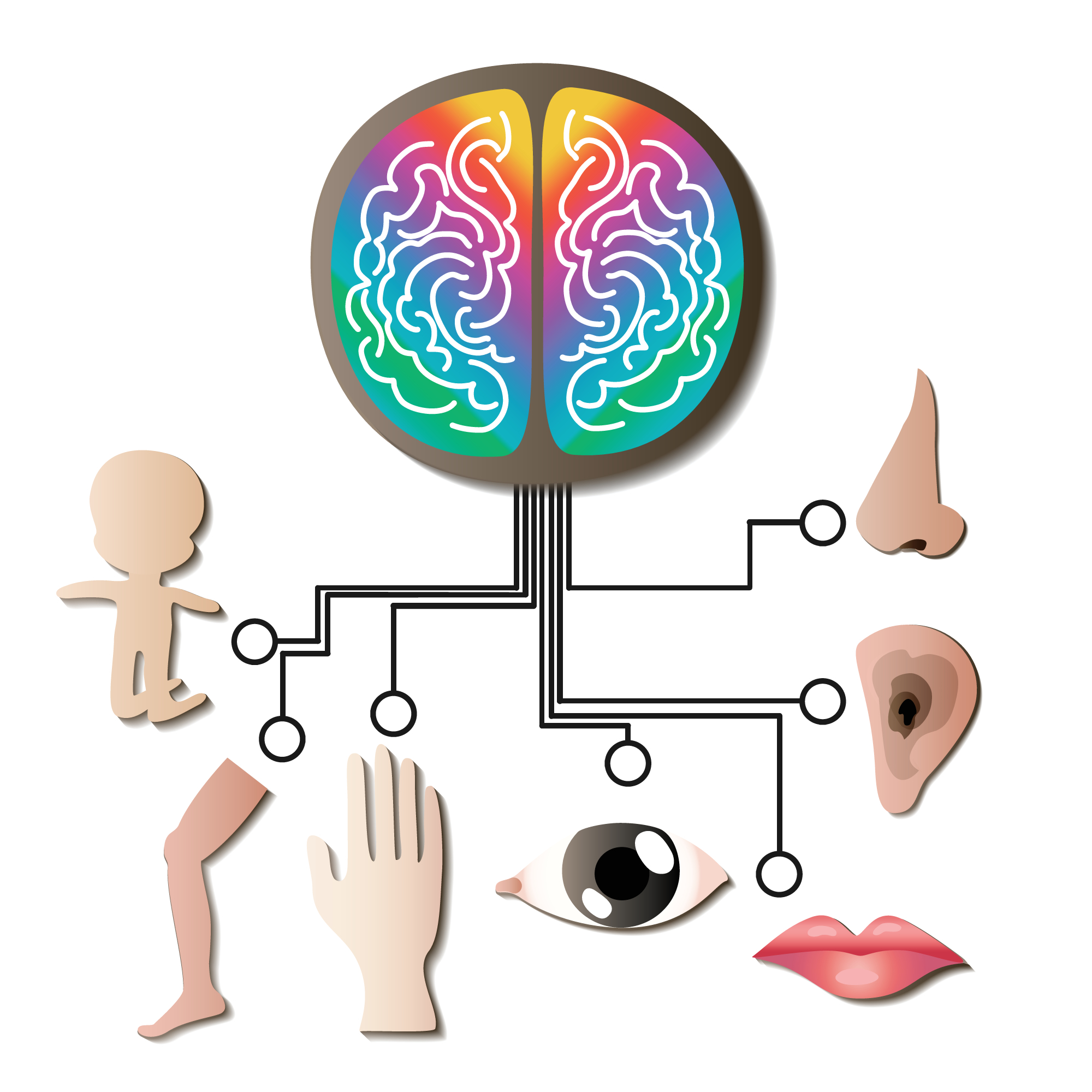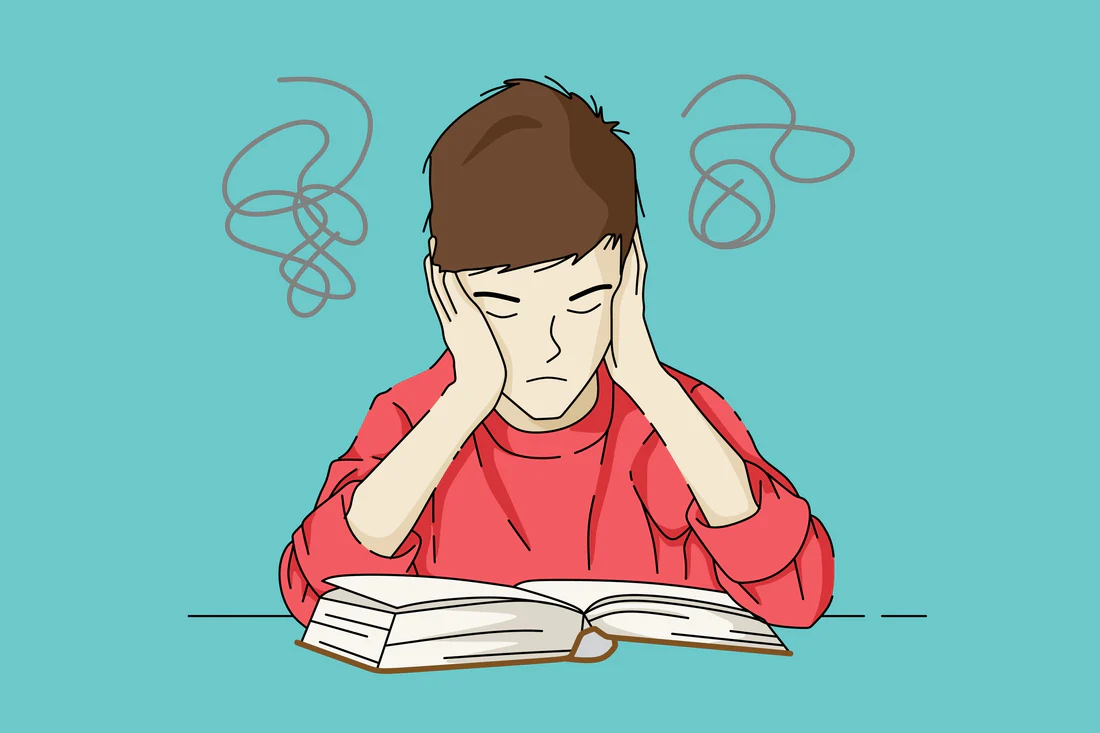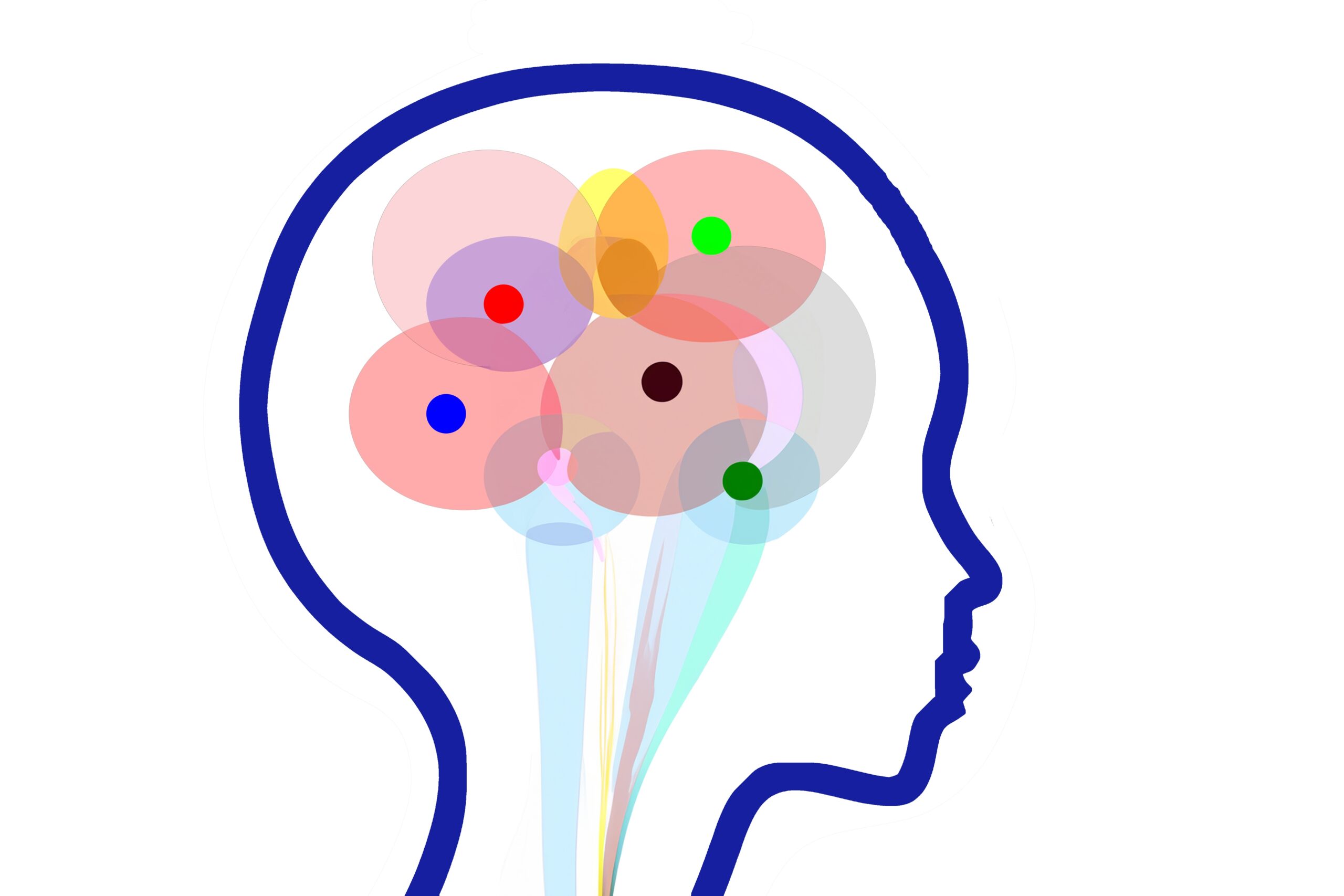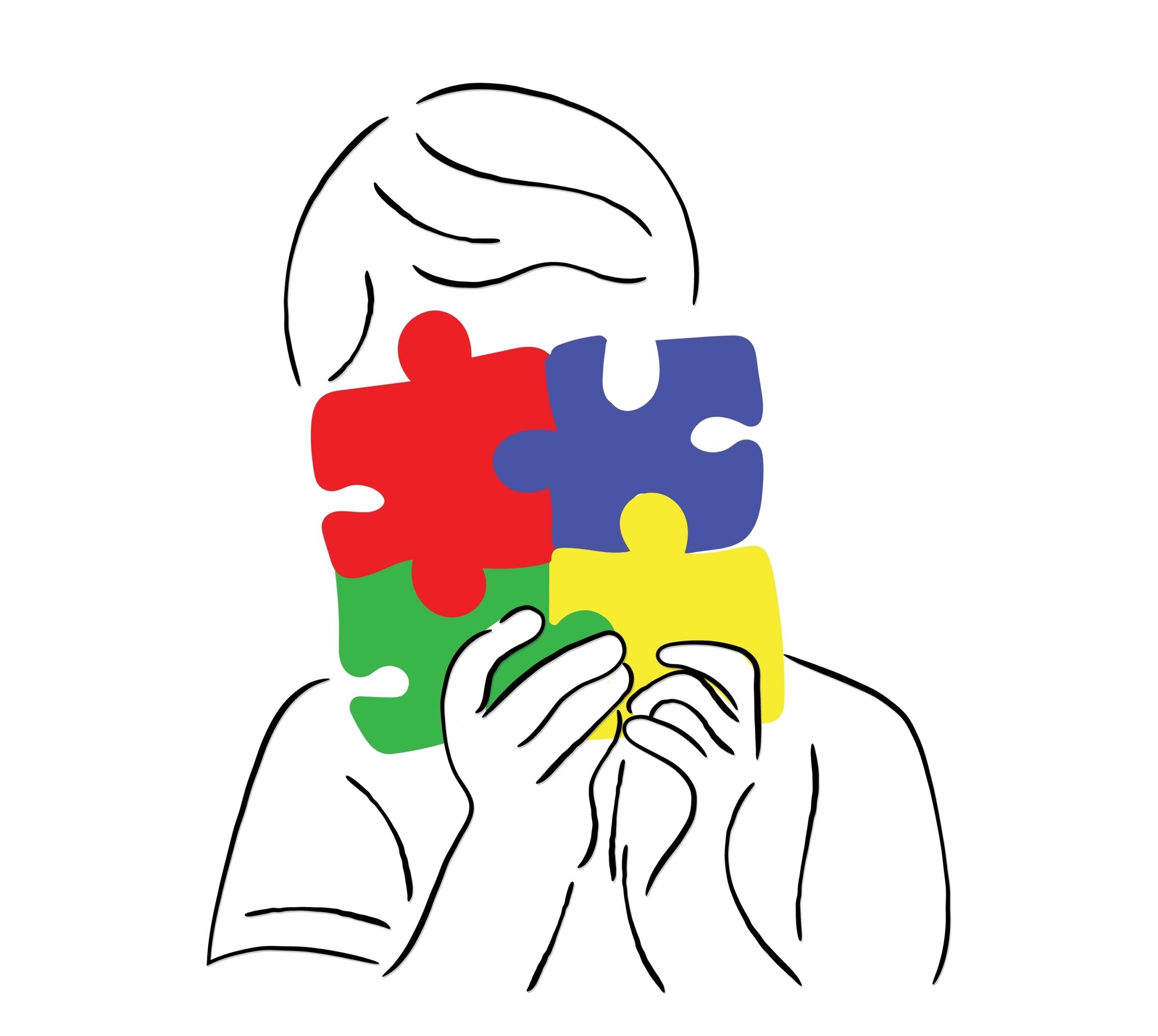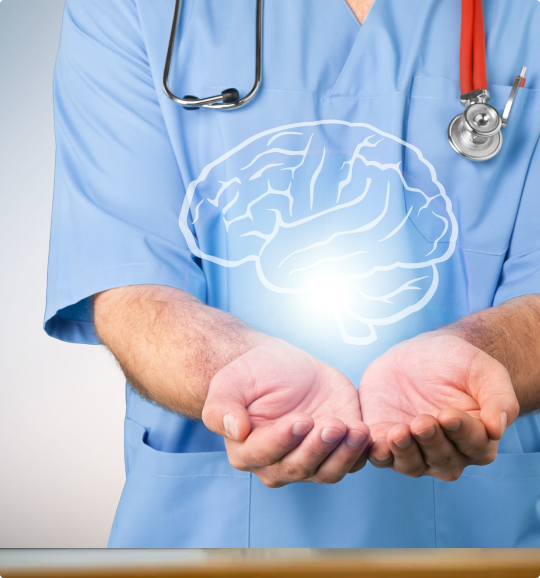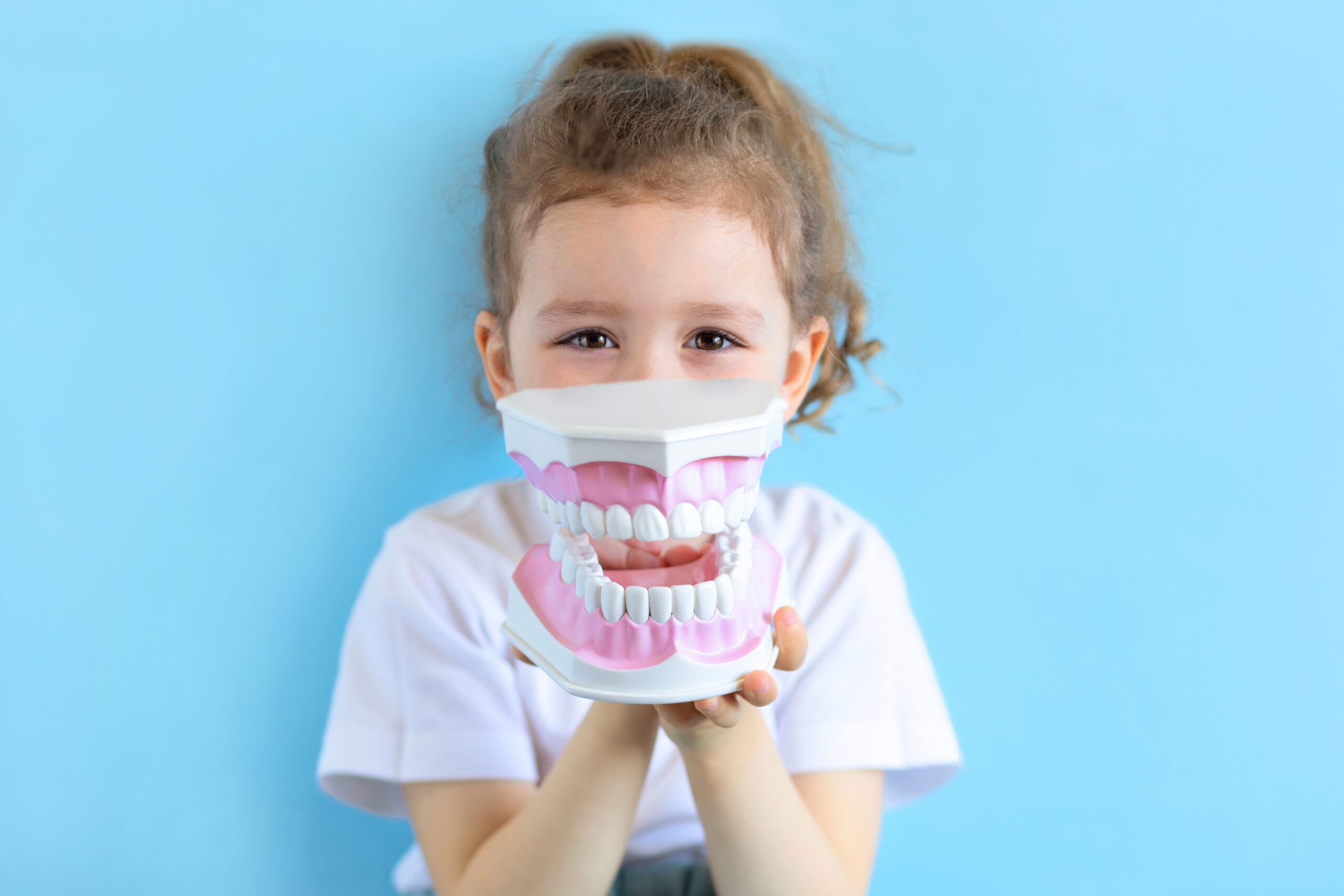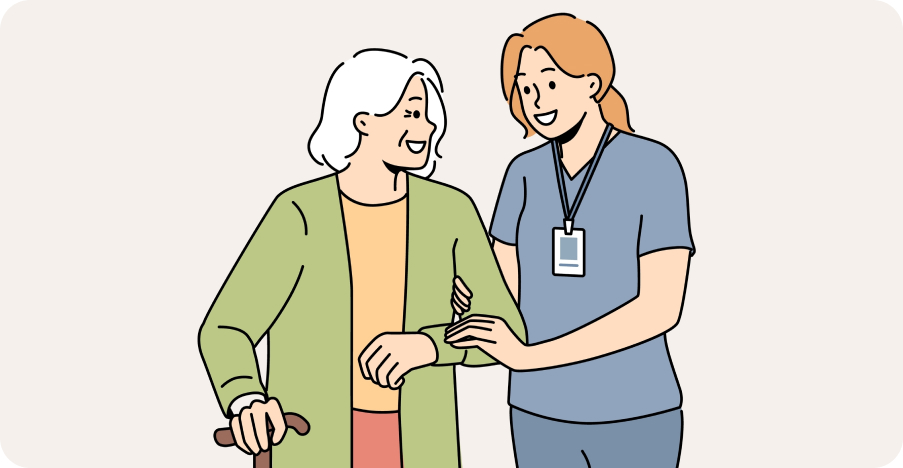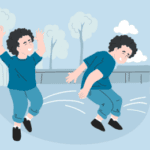
Blog
Autism and Ehlers-Danlos Syndrome: What’s the Connection?
Author: DrSensory
August 15, 2025
Autism and Ehlers-Danlos Syndrome: What’s the Connection?
On the surface, autism and Ehlers-Danlos syndrome (EDS) might seem like two entirely unrelated conditions. One is a neurodevelopmental condition affecting social interaction, communication, and behavior, while the other is a group of genetic disorders affecting the body’s connective tissues. However, a growing body of research and countless personal stories from within the communities themselves are revealing a surprising and significant overlap. Many individuals find themselves navigating the dual challenges of both conditions.
If you or a loved one have been diagnosed with one of these conditions and suspect the other might also be present, you are not alone. The journey of living with chronic pain, joint instability, and sensory sensitivities can be complex and isolating. Understanding the potential connection between autism and EDS is a vital step toward receiving a correct diagnosis, finding comprehensive care, and developing effective management strategies that address both the brain and the body.
This guide will explore what Ehlers-Danlos syndrome is, delve into the scientific theories behind its link to autism, outline the unique challenges faced by those with both conditions, and offer practical tips for managing symptoms and improving quality of life.
What Is Ehlers-Danlos Syndrome?
Ehlers-Danlos syndromes (EDS) are a group of more than a dozen inherited disorders that affect connective tissues—primarily your skin, joints, and blood vessel walls. Connective tissue is made up of proteins, most notably collagen, that provide strength and elasticity to the body’s structures. In people with EDS, a genetic defect causes this collagen to be weaker, more fragile, or too stretchy.
The most common form is Hypermobile Ehlers-Danlos syndrome (hEDS). While each type of EDS has its own set of clinical criteria, common signs and symptoms across the different types include:
- Joint Hypermobility: Joints that have an unusually large range of motion, often described as being “double-jointed.” This can lead to frequent joint dislocations and subluxations (partial dislocations).
- Skin Hyperextensibility: Soft, velvety-feeling skin that is unusually stretchy and fragile. It may bruise easily, and wounds may be slow to heal, often resulting in wide, atrophic scars.
- Chronic Pain: Widespread musculoskeletal pain is a hallmark symptom, often affecting the joints and muscles.
- Autonomic Dysfunction: Many with EDS also experience issues with the autonomic nervous system, which controls automatic body functions. This can lead to conditions like Postural Orthostatic Tachycardia Syndrome (POTS), causing dizziness, lightheadedness, and a rapid heart rate upon standing.
How Autism and EDS Are Linked
The connection between autism and joint hypermobility was first noted in medical literature decades ago, but only recently has it gained significant attention. Several studies have now confirmed that autistic individuals are significantly more likely to have hypermobility and to be diagnosed with EDS than the general population. The exact reason for this link is still under investigation, but researchers have proposed several compelling theories.
- Shared Genetic Roots: The most direct theory is that there may be shared genetic pathways that contribute to both conditions. The genes responsible for collagen formation and neurological development might be linked in ways we are just beginning to understand. A disruption in one area could have a cascading effect on the other.
- Proprioceptive Dysfunction: Proprioception is our “sixth sense”—the body’s ability to perceive its own position in space. It relies on receptors in our muscles and joints. In individuals with hypermobile joints due to EDS, the feedback from these receptors can be weak or distorted. This poor proprioceptive input can affect motor planning and body awareness, which are also areas of challenge for many autistic people. It is theorized that the brain’s difficulty in processing this faulty sensory information may contribute to autistic traits.
- Chronic Pain and Sensory Overload: Living with the chronic pain, fatigue, and physical instability of EDS is a constant source of stress on the nervous system. This state of persistent physiological distress can exacerbate sensory sensitivities and anxiety, which are core features of autism. The internal “noise” from the body’s pain and discomfort can make it much harder to process external sensory information, leading to overload and social withdrawal.
Challenges Faced by Individuals with Both Conditions
When autism and EDS co-occur, they create a unique and complex set of challenges that can be difficult for others to understand.
- Diagnostic Overshadowing: One condition often overshadows the other. An autistic child’s clumsiness might be dismissed as a motor planning issue related to autism, when it’s actually due to hypermobile, unstable joints. Conversely, the social anxiety experienced by someone with EDS (due to pain and fatigue) might be misattributed to social awkwardness without considering the possibility of underlying autism.
- Interoception Difficulties: Interoception is the sense of the internal state of the body (e.g., hunger, pain, body temperature). Many autistic people struggle with interoception. When combined with the chronic and widespread pain of EDS, it can be incredibly difficult to identify, locate, and describe pain accurately, which can delay proper medical care.
- Misinterpretation of Behaviors: Stimming (self-stimulatory behavior) is a common way for autistic people to self-regulate. Some stims, like rocking or applying deep pressure, might also be subconscious attempts to stabilize unstable joints or manage proprioceptive confusion. These behaviors can be misunderstood by those unaware of the dual diagnosis.
- Navigating the Medical System: The healthcare system is often siloed. A person may see a rheumatologist for their EDS and a psychologist for their autism, with little communication between the two. This can lead to fragmented care that fails to address the person as a whole.
Tips for Managing Symptoms
Managing co-occurring autism and EDS requires an integrated approach that supports both the physical and neurological needs of the individual.
- Seek an Integrated Care Team: Whenever possible, find healthcare providers who are knowledgeable about the autism-EDS link or are at least willing to learn and collaborate. A good team might include a knowledgeable primary care doctor, a rheumatologist, a physical therapist, an occupational therapist, and a mental health professional.
- Prioritize Low-Impact Physical Therapy: Physical therapy is crucial for EDS, but it must be tailored. The goal is to stabilize the joints by strengthening the supporting muscles without overstretching them. Activities like swimming, Pilates, and isometric exercises are often recommended.
- Use Mobility Aids and Braces: There is no shame in using tools that help. Braces, splints, or kinesiology tape can provide support to unstable joints, reduce pain, and improve proprioceptive feedback. Mobility aids like a cane or wheelchair can conserve energy and prevent injury.
- Create a Sensory-Friendly Environment: Manage your “sensory diet” just as you manage your nutritional diet. Use noise-canceling headphones, sunglasses, and comfortable clothing to reduce sensory overload. This frees up neurological resources that would otherwise be spent coping with a stressful environment.
- Pacing and Energy Conservation: Both conditions can cause significant fatigue. Learn to pace yourself. The “spoon theory” is a useful model for understanding and managing limited energy reserves. Break tasks into smaller chunks and schedule rest periods throughout your day.

Frequently Asked Questions (FAQs)
❓Is everyone with hypermobility autistic?
No. Joint hypermobility is relatively common in the general population. While there is a strong correlation, having hypermobile joints does not mean someone is autistic, and not all autistic people are hypermobile. It is the combination of symptoms and their impact on functioning that matters.
❓How do I get diagnosed with EDS if I suspect I have it?
Start by talking to your primary care doctor. They can refer you to a rheumatologist or a geneticist who specializes in connective tissue disorders. Diagnosis often involves a physical exam using the Beighton score to assess joint hypermobility and a review of other clinical criteria.
❓Can occupational therapy help with both autism and EDS?
Yes, occupational therapy (OT) is uniquely suited to address both. An OT can help with pain management, energy conservation techniques (pacing), joint protection strategies, and creating a “sensory diet” to help manage sensory sensitivities.
❓What is POTS and how is it related to EDS?
Postural Orthostatic Tachycardia Syndrome (POTS) is a form of autonomic dysfunction common in people with EDS. It causes a large increase in heart rate upon standing, leading to symptoms like dizziness, fainting, and fatigue. Managing POTS is often a key part of managing EDS.
❓How can I explain the autism-EDS connection to my doctor?
Come prepared for your appointment. You can bring printed copies of research articles (many are available online) that discuss the link. Using clear, concise language, explain how your physical symptoms (from suspected EDS) and your neurological experiences (from autism) seem interconnected in your daily life.
related blogs
Your child is constantly moving, crashing into furniture, or having meltdowns in response to seemingly minor things like a loud
Your toddler refuses to wear certain clothes, has huge meltdowns in noisy places, or is an extremely picky eater, limited
Your child seems to miss verbal instructions, struggles to follow conversations in noisy environments, and often asks "what?" even when
The intense head pain begins, lights feel blindingly bright, and every sound seems amplified to an unbearable level. You retreat
You watch your child struggle with things that seem to come so easily to other kids. Maybe they have meltdowns





































